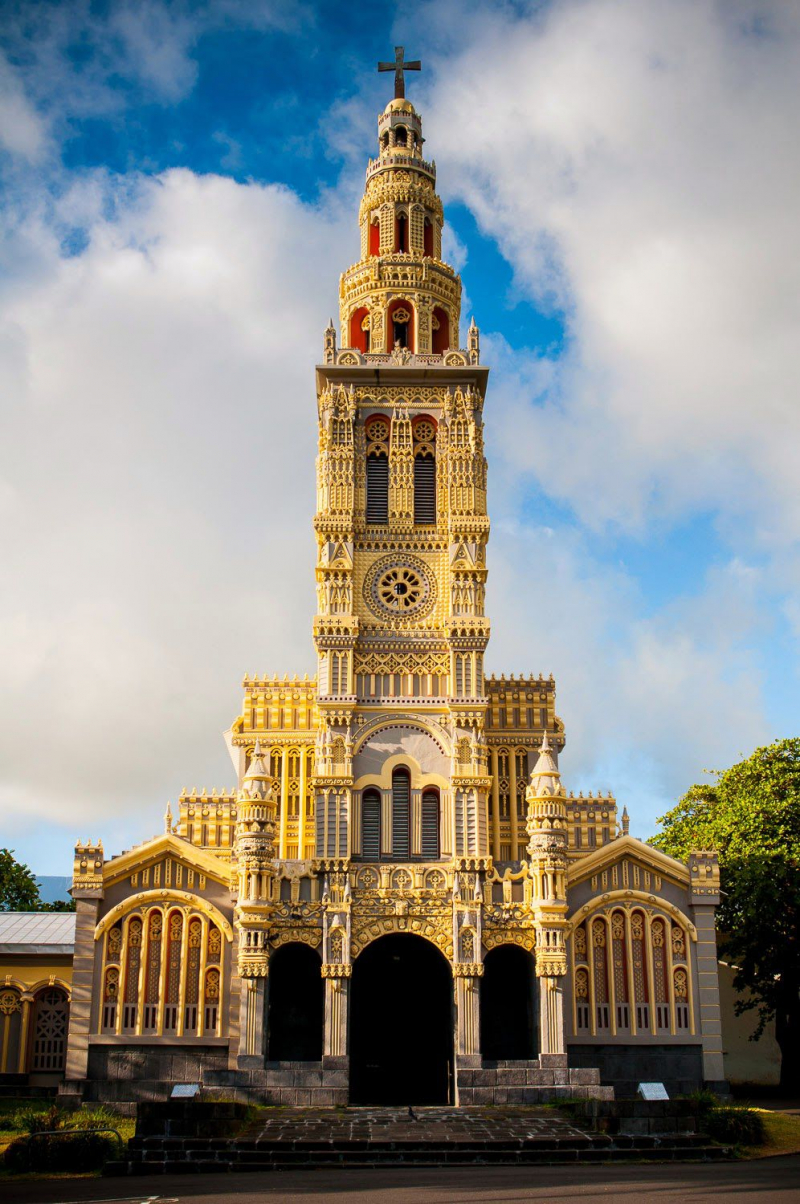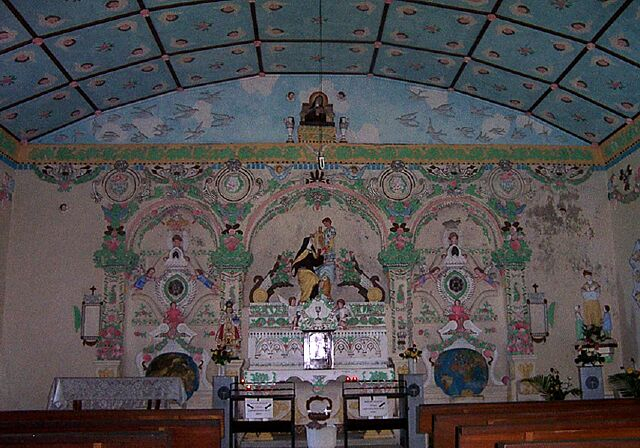Eglise Sainte-Anne
Casimir Coursolles, a Montréal architect, designed the church in 1855, based on Notre-Dame de Montréal. Its ribbed vaulting, rose windows, and two bell towers, all of which are characteristics of the Gothic style, give it the grandeur of great cathedrals.
During the reign of Queen Melisende, the current Church of St Anne was built between 1131 and 1138. It was built on the site of a grotto thought by the Crusaders to be the childhood residence of the Virgin Mary, mother of Jesus, near the ruins of the Byzantine basilica. It is dedicated to Anne and Joachim, Saint Mary's parents, who lived here according to legend.
The church, which was built between 1131 and 1138 to replace a prior Byzantine church and was later enlarged by several meters, is a fine example of Romanesque architecture. Cross-vaulted ceilings and pillars, crisp straight lines, and an unadorned interior characterize the three-aisled basilica. Arcades of arches separate the nave from the lower lateral aisles.
The high altar, created by French sculptor Philippe Kaeppelin, features a variety of scenes. The Nativity (left), the Descent from the Cross (middle), and the Annunciation (right) are shown on the front of the altar; on the left-hand end is Mary's mother's teaching, and on the right-hand end is her presentation in the Temple. A flight of steps leads down from the south aisle to the crypt, which is located in a grotto thought by the Crusaders to be Mary's birthplace. There is a Mary-dedicated altar there. The Byzantine basilica was partially built over two water basins known as the Pools of Bethesda and was supported by several piers, one of which still survives in its entirety today.
Location: Salazie, Reunion







